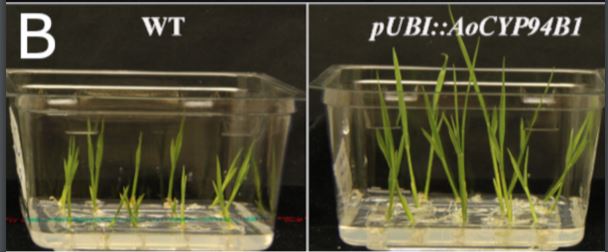
How a Mangrove tree can help to improve the salt tolerance of Arabidopsis and Rice
Blog, Plant Physiology, Plant Physiology: News and Views, ResearchAffiliation: University of Melbourne
ORCiD: 0000-0001-5092-6168
email: [email protected]
Mangrove trees live and thrive in intertidal zones, where they are regularly inundated with salt water. To survive such harsh environmental conditions, they have evolved several features to improve…

The fat of the land: cuticle formation in terrestrial plants
Blog, Plant Physiology, Plant Physiology: News and Views, ResearchMadeleine Seale
Department of Plant Sciences, University of Oxford, South Parks Road, Oxford, OX1 3RB, United Kingdom
[email protected]
ORCID: 0000-0002-8924-3943
In a world surrounded by a vast expanse of gaseous air, water is constantly evaporating from aqueous sources…
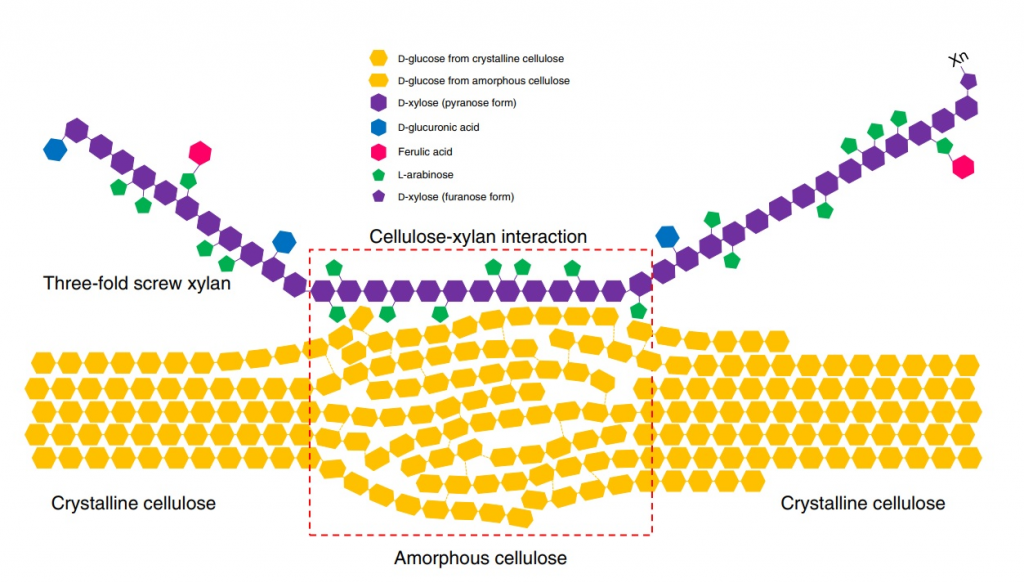
A grass-specific cellulose-xylan interaction dominates in sorghum secondary cell walls (Nature Communications)
Plant Science Research Weekly
The cell walls of plants are intricate structures. Their complexity is due to multiple biochemical components and interactions, but while many of the components have been identified, their interactions have yet to be fully elucidated. A major component of the cell wall is cellulose, of which multiple…
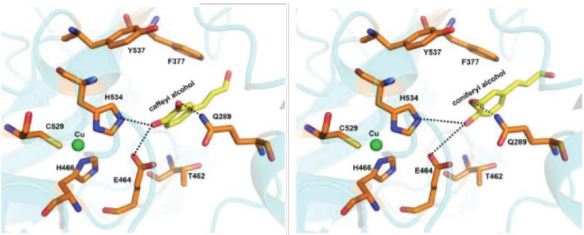
The Lure of Lignin: Deciphering High-value Lignin Formation in Seed Coats
Blog, Research, The Plant Cell, The Plant Cell: In BriefLignin is a major functional component of plant secondary cell walls and the second most abundant biological polymer on Earth after cellulose. Understanding the biosynthesis of lignin has huge practical implications because lignin is a major by-product of processes that use cellulosic biomass for industrial…

Barley RIPb opens the gates for epidermal fungal penetration
Blog, Plant Physiology, Plant Physiology: News and Views, ResearchElisa Dell’Aglio
Institut National des Sciences Appliquées de Lyon
Lyon,
France
[email protected]
The ascomycete Blumeria graminis f. sp. hordei (Bgh) is a powdery mildew causal agent, specifically adapted to barley (Hordeum vulgare), wheat (Triticum aestivum, Triticum turgidum)…
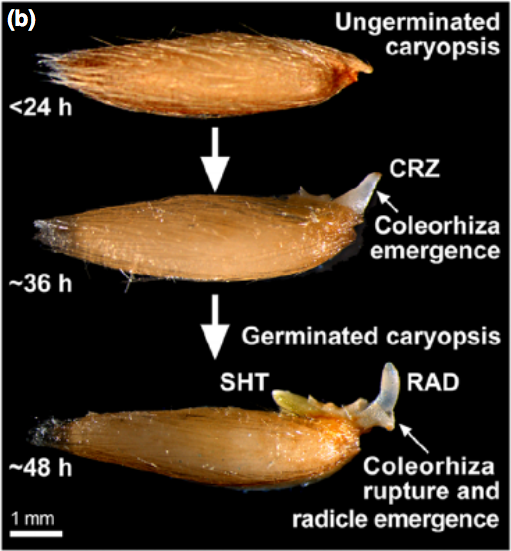
Coleorhiza‐enforced seed dormancy: a novel mechanism to control germination in grasses (New Phytol.)
Plant Science Research WeeklyThe germination process is completed when the radicle emerges from the seed. In eudicots, radicle growth is mechanically limited by the micropylar endosperm. As dormancy is broken and imbibition occurs, this structure is weakened so that radicle can pierce it. In grasses, the radicle is not surrounded…
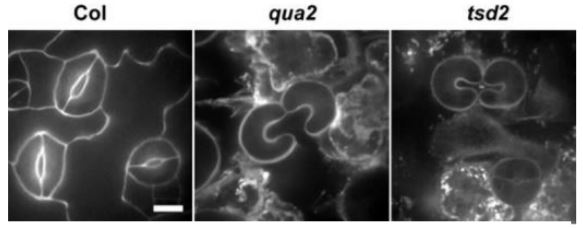
Let’s stick together – a pectin biosynthetic mutant reveals the interconnectedness of plant cell walls
Blog, Research, The Plant Cell, The Plant Cell: In BriefThe plant cell wall is vital for plant survival—it mediates defence against pathogens, provides structural stability and controls growth to produce final plant form. Plant cell walls are composite structures formed mainly from cellulose, hemicelluloses, and pectins, and the interactions of these components…
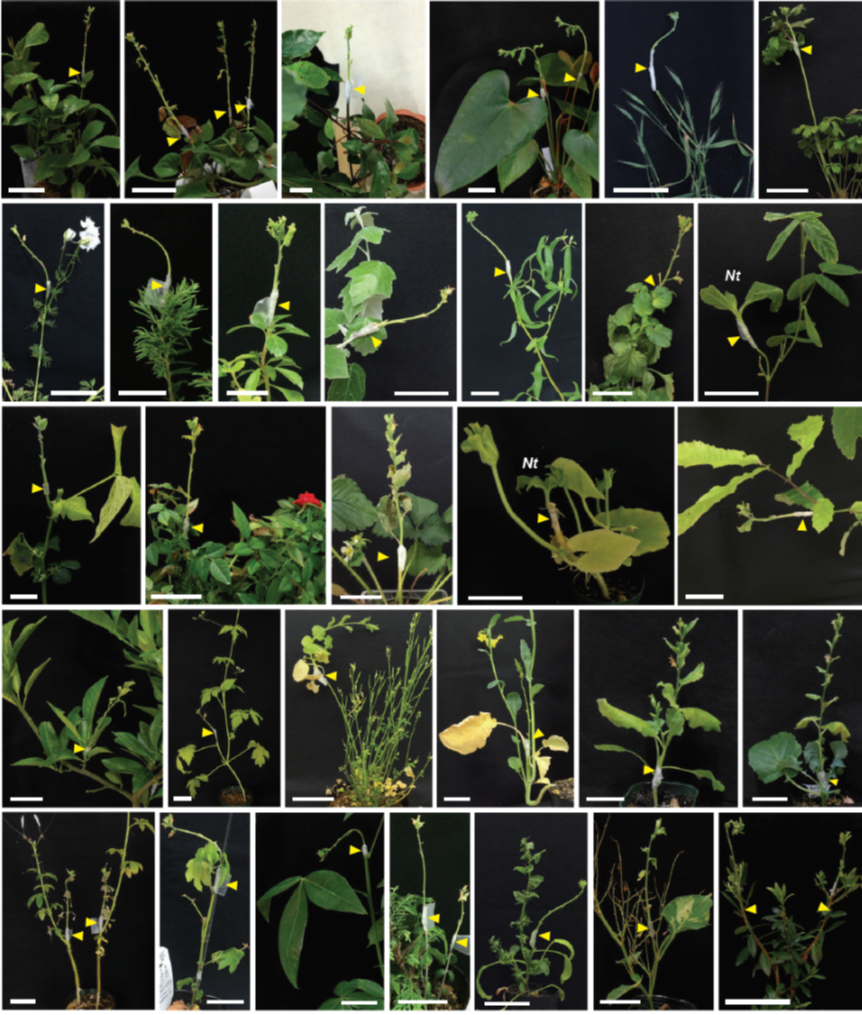
Cell-cell adhesion in plant grafting is facilitated by b-1,4-glucanases (Science) ($)
Plant Science Research WeeklyPlant grafting has been used in crop improvement for centuries and more recently to study systemic and long-distance signaling in the plant vascular system. In order to better understand graft compatibility and its mechanism, Notaguchi et al. used Nicotiana to study interfamily graft combinations. Interfamily…
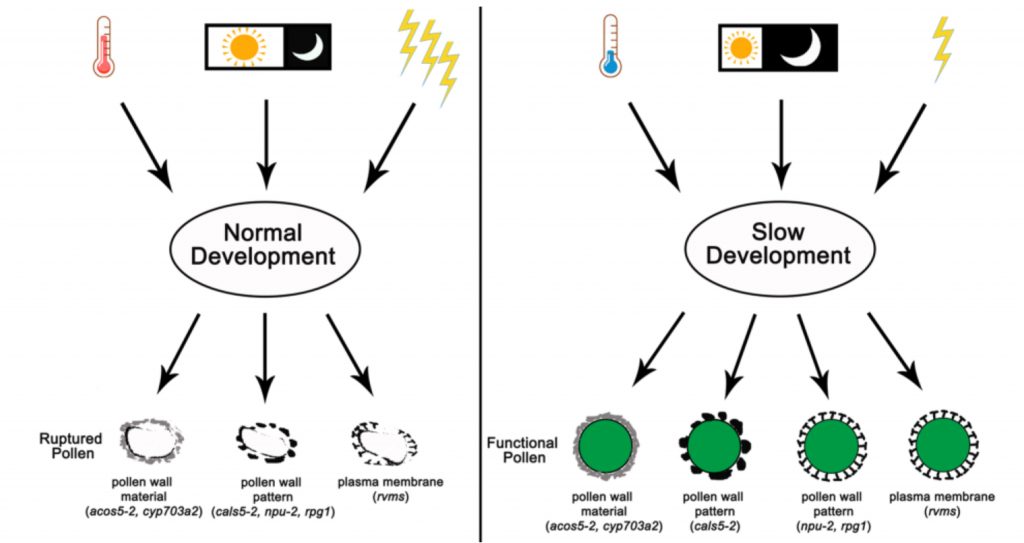
Slow development restores the fertility of photoperiod-sensitive male-sterile plant lines (Plant Physiol.)
Plant Science Research WeeklyThere are many well-known advantages to hybrid seeds. However, one obstacle is the tendency of some plants to self-pollinate. The development of genetically male-sterile lines greatly facilitates hybrid seed production, as the maternal male-sterile plant cannot self-fertilize and depends on donor pollen…

